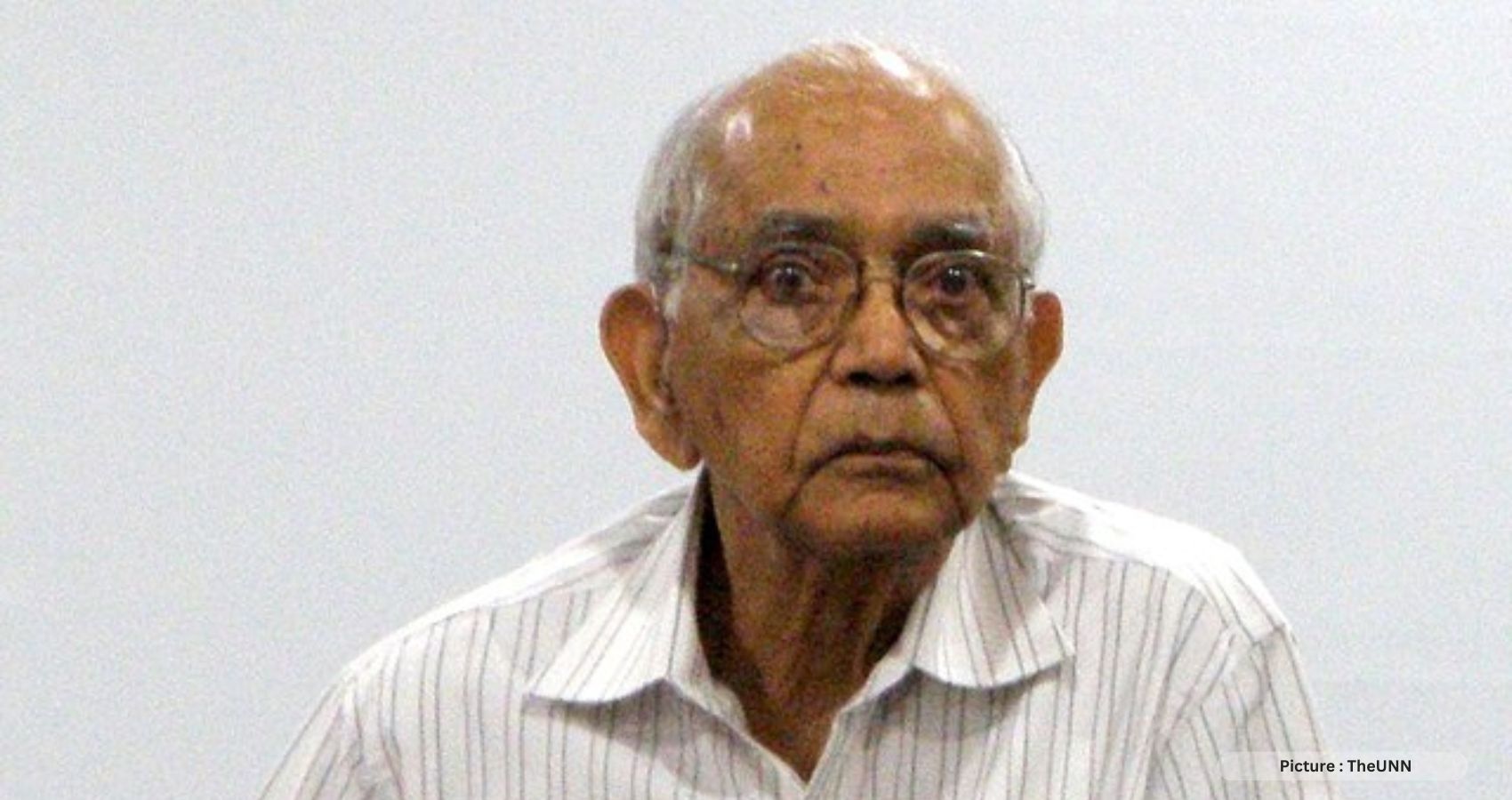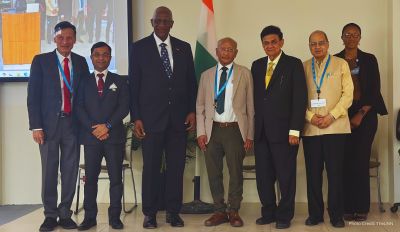Calyampudi Radhakrishna Rao, a distinguished figure in the world of statistics who played a pivotal role in shaping modern scientific data analysis, has passed away at the age of 102. Rao’s groundbreaking work, including his development of ‘information geometry’ and data-reduction techniques, has had a profound impact on a wide range of fields, from agricultural sciences and biomedical research to econometrics, industrial engineering, social sciences, and signal processing. His contributions were so influential that they were even instrumental in uncovering the Higgs boson, a significant discovery at CERN, the European particle-physics laboratory near Geneva, Switzerland.
Rao’s remarkable journey began in Hadagalli, India, where he was born. His father, a police inspector, frequently moved due to job postings until the family eventually settled in Visakhapatnam, India. Recognizing Rao’s exceptional mathematical talents, both of his parents encouraged him to pursue bachelor’s and master’s degrees in mathematics at Andhra University in Visakhapatnam.

In 1941, Rao joined the Indian Statistical Institute (ISI) in Kolkata, which was founded and led by the eminent statistician P. C. Mahalanobis. At the time, the field of statistical inference was still in its formative stages. Rao embarked on a master’s course in statistics at the University of Calcutta in the same year, where he laid the groundwork for many of the data analysis tools in use today. His early work, including his master’s thesis in 1943, introduced the ‘perimeter’ test for comparing multiple experimental groups, which subsequently gave rise to the multivariate analysis of variance (MANOVA) procedure. Rao’s innovative contributions continued with the derivation of the Cramér–Rao inequality in 1943, providing a lower bound for estimating unknown parameters within a statistical population, a concept essential for fields such as medical research.
In addition to his exceptional mathematical contributions, Rao also made a notable foray into archaeology and ethnology in 1946 when he worked at the Museum of Archaeology and Ethnology at the University of Cambridge, UK. There, he analyzed measurements of ancient skulls unearthed from graves in Sudan, enabling the categorization of these remains by tribe and age. During this time, he also began his PhD studies under the guidance of the renowned statistician Ronald Fisher, one of the founding fathers of modern statistics. Rao’s work extended to mapping mouse chromosomes for genetic linkage studies, leading to statistical methodologies that are foundational in modern data analysis.
Rao’s work was not confined to academia. His statistical techniques found applications in the design of experiments and devices, including computer chips. By selecting key parameters for robust product design while minimizing costs, time, and labor, Rao’s contributions led to the development of ‘orthogonal arrays,’ which subsequently played a crucial role in Japan’s industrial quality revolution in the 1970s under the guidance of Japanese engineer Genichi Taguchi.
Returning to the ISI in 1948, Rao was appointed as a professor the following year, marking a remarkable achievement as he was not yet 29 years old. Although he had also applied for a lectureship at Cambridge, he was denied the position with the reason that “foreigners” were not typically appointed to teach English students. Nonetheless, Rao’s leadership at the ISI helped it become one of the world’s foremost statistical institutes. He served as the head of research and training and later as the director.
After his mandatory retirement in 1978, Rao moved to the United States. There, he made a significant impact on statistics programs at the University of Pittsburgh, Pennsylvania, where he co-established the Center for Multivariate Analysis. His influence extended to Pennsylvania State University in State College in 1988 and, in 2010, to the University at Buffalo, New York. In 2007, the C. R. Rao Advanced Institute of Mathematics, Statistics, and Computer Science was established in Hyderabad, India, in his honor.
Among Rao’s extensive body of work, two of his books, “Advanced Statistical Methods in Biometric Research” (1952) and “Linear Statistical Inference and its Applications” (1965), stand as iconic texts. These books have played a pivotal role in training generations of statisticians around the world. Notably, just a few months before his passing, Rao received the International Prize in Statistics, becoming the fourth recipient of this prestigious award, which was established in 2017 to advance the understanding of the role of statistics in contemporary life.
Beyond his impressive contributions to the world of statistics, Rao had a passion for south Indian classical dances, photography, and gardening. He was celebrated as an exceptional teacher who instilled in his students the ability to think independently. Rao was known for his humility, soft-spoken nature, and gentle demeanor, leaving an indelible mark on the field of statistics. His loss will be deeply felt, but his legacy will endure as a source of inspiration and innovation.











